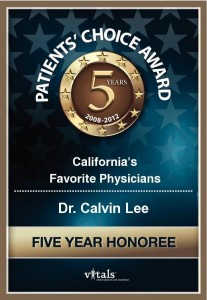These are just educational notes on stage 4 colon cancer – no personalized medical advice is given here. In my Modesto surgical experience, I have had the privilege of participating in the care of several patients with stage 4 colon cancer. Some of these surgical patients have also become my acupuncture patients.

Colon Cancer Stages with TNM designation
Stage IV Colon Cancer
- Cancer spread from the colon to other organs and tissues, ie. liver, lungs, peritoneum (in the abdomen surrounding), or ovaries.
- Considered the most advanced cancer stage
- Stage IV A: spread to one organ not near the colon, such as the liver, lung, ovary, or to a distant lymph node.
- Stage IV B: spread to more than one organ not near the colon or into the lining of the abdominal wall (peritoneum)
Stage IVA
Any T, Any N, M1a: The cancer may or may not have grown through the wall of the colon or rectum, and it may or may not have spread to nearby lymph nodes. It has spread to 1 distant organ (such as the liver or lung) or set of lymph nodes (M1a).
Stage IVB
Any T, Any N, M1b: The cancer may or may not have grown through the wall of the colon or rectum, and it may or may not have spread to nearby lymph nodes. It has spread to more than 1 distant organ (such as the liver or lung) or set of lymph nodes, or it has spread to distant parts of the peritoneum (the lining of the abdominal cavity) (M1b).
TNM designation
T categories of colorectal cancer describe the extent of spread through the layers that form the wall of the colon and rectum.
N categories indicate whether or not the cancer has spread to nearby lymph nodes
M0: No distant spread is seen.
M1a: The cancer has spread to 1 distant organ or set of distant lymph nodes.
M1b: The cancer has spread to more than 1 distant organ or set of distant lymph nodes, or it has spread to distant parts of the peritoneum (the lining of the abdominal cavity).
Reviewing my Personal Experience with Stage IV colon cancer
- I’ve operated on several patients with Stave IV colon cancer
- I’ve also done wedge resections on the liver for areas of cancer spread (metastases)
- In some patients I’ve made diverting colostomies.
- Some patients I’ve had receive chemotherapy before surgery to shrink down the size of the tumor load. The is called Neoadjuvant therapy.
- Most of the patients after surgery with Stage 4 colon cancer have received chemo therapy after surgery – and the chemotherapy is decided up and performed by the oncologist.
- Some get radiation afterwards to relieve symptoms
- There are clinical trials
- Re-operations are done for recurrences.
Web sources of info regarding the stages of Colon Cancer
Inspirational Story in Modesto, CA of Kelly with Stage IV Colon






